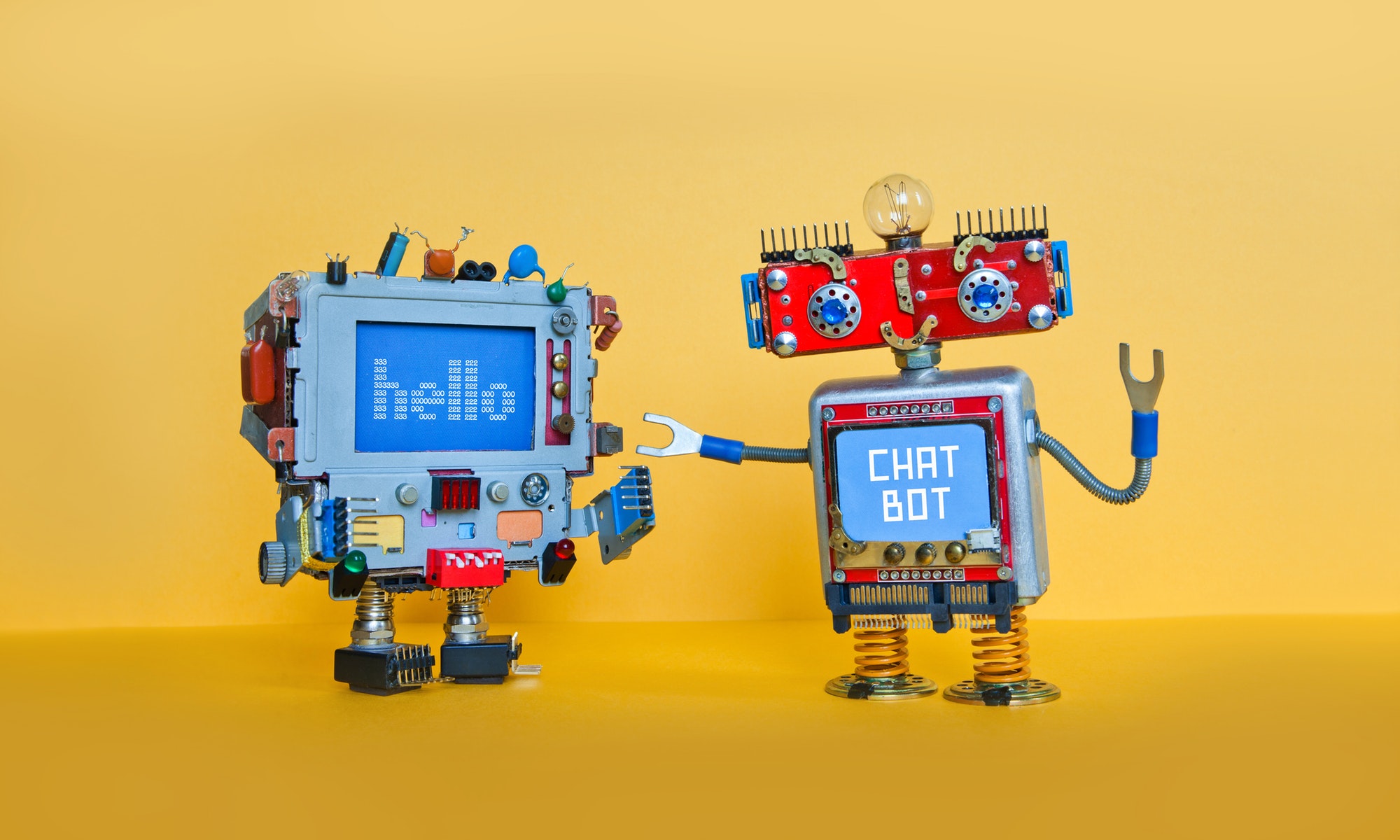Search engine optimisation for digital assistants and chatbots
More and more people are using their mobile phones and digital assistants when searching the Internet. The voice search affects the search queries on Google.
Voice searches and search engine optimisation for digital assistants
The development of digital assistants involves a new type of optimisation – the voice search. It also means that the customer journey and support functions can be handled around the clock.
The tech giants are investing heavily in call interfaces
- Facebook acquired wit.AI
- Google acquired API.AI
- Amazon use Lex
These services make it easy to adapt the user’s intentions from their natural language with a robot.
Different types of digital assistants
There are a plethora of digital assistants who all to some extent use search engines when displaying information.
Among the most famous assistants are:
- Siri is based on Bing and Google
- Cortana (Microsoft) is based on Bing
- Google Assistant is based on Google
- Baidus Duer
- Yandex Alice
- Samsung Bixby
- Google Home / Home Mini is based on Google
- Amazon Alexa and Echo are based on Bing
- Apple HomePod
How to do search engine optimisation against chatbots and voice control?
But for most SEO professionals, not much has changed in the way we optimize content for this new way of searching. Users do searches as if they were talking to a person. An important part of visibility in the digital assistants is to ensure that business information is easily accessible and that the sites are mobile-friendly. Search engine optimisation for apps and ASO is a special niche in search engine optimisation and in the long run, technologies such as ” Google Now ” and ” Now on Tap ” that work within an app will play a major role in how users perceive the information.
If you need advanced SEO in Melbourne like Voice search optimisation consult experts today.
Because they are based on different search engines, SEO varies. The top 3 results from the organic results are often displayed. Remember to optimize longer phrases that you use when talking and include frequently asked questions from customers. Examples of questions that are often used in voice search are:
- Who is..
- How do I contact…
- Best way to…
- Can you…
- What is the closest way to…
- How do I…
- I need…
- Why….
Build your own chatbot
For those who want to build their own chatbot, Google has launched Dialogflow where you can build your own dialogs.
When you build a digital assistant with AI, you start from different intentions that the users have. It can, for example, be about how to start a discussion with greeting phrases but also specific issues. It makes it easier to use Google Analytics when building a chatbot. At Expandtalk, we are building our own Chatbot Gunilla which will specialize in search engine optimisation and digital marketing.
The search engines of the future
About the search engines of the future in 2033
Search engines will not wait for you to ask for information. They will know you like a friend and will be aware of your concerns and interests at a detailed level. So it will pop up periodically and offer something like “You’ve expressed concern about Vitamin B12 getting into your cells, here’s new research from four seconds ago that provides a new approach to doing that.” You’ll be able to talk things over with your computer, clarifying your needs and requests just like you’re talking to a human assistant.
A fast-growing market
The digital assistants have steadily increased in popularity and they succeed with more sophisticated and semantic searches. Previously, the error rate for voice searches on Google was 25%, but now the error rate is 5% and voice recognition technology is getting better and better. Voice search has the advantage that it is fast and that you can use it hands-free and while driving.
According to a survey by Google and Northstar, 55% of teens and 41% of adults used voice search on their mobile phones. This means that it is not possible to ignore this channel.
Building an Advanced Robot in Google Home
It is possible to connect a call interface to a third-party API. This allows you to build user experiences for Google Home, Amazon ECHO, Microsoft Cortana, Facebook chatbots, slack bots, or any other AI assistant. It’s possible to build a Google Home action that speaks to the height of a Star Wars character. In the example, they use API.AI, Amazon lambda and API Gateway, and Star Wars API and they do the following steps
- Create a conversational robot in Dialogflow
- Use userintent
- Create an Amazon IAM user
- Create a Lambda function
- Code Lambda function
- Create an endpoint in Gateway AI to get JSON to communicate with each other
- Use the new api for intent
- Test on Google Home
